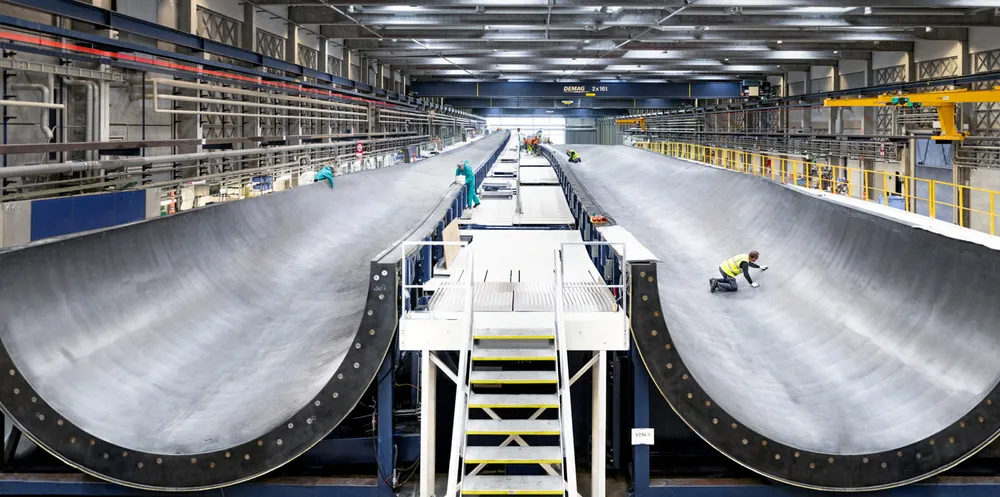Turbine size cap in focus, floating's armada sets sail and offshore wind boom time
AGENDA | Our curation of the must-read news and analysis from the-week-that-was in the global renewable energy industry

AGENDA | Our curation of the must-read news and analysis from the-week-that-was in the global renewable energy industry
